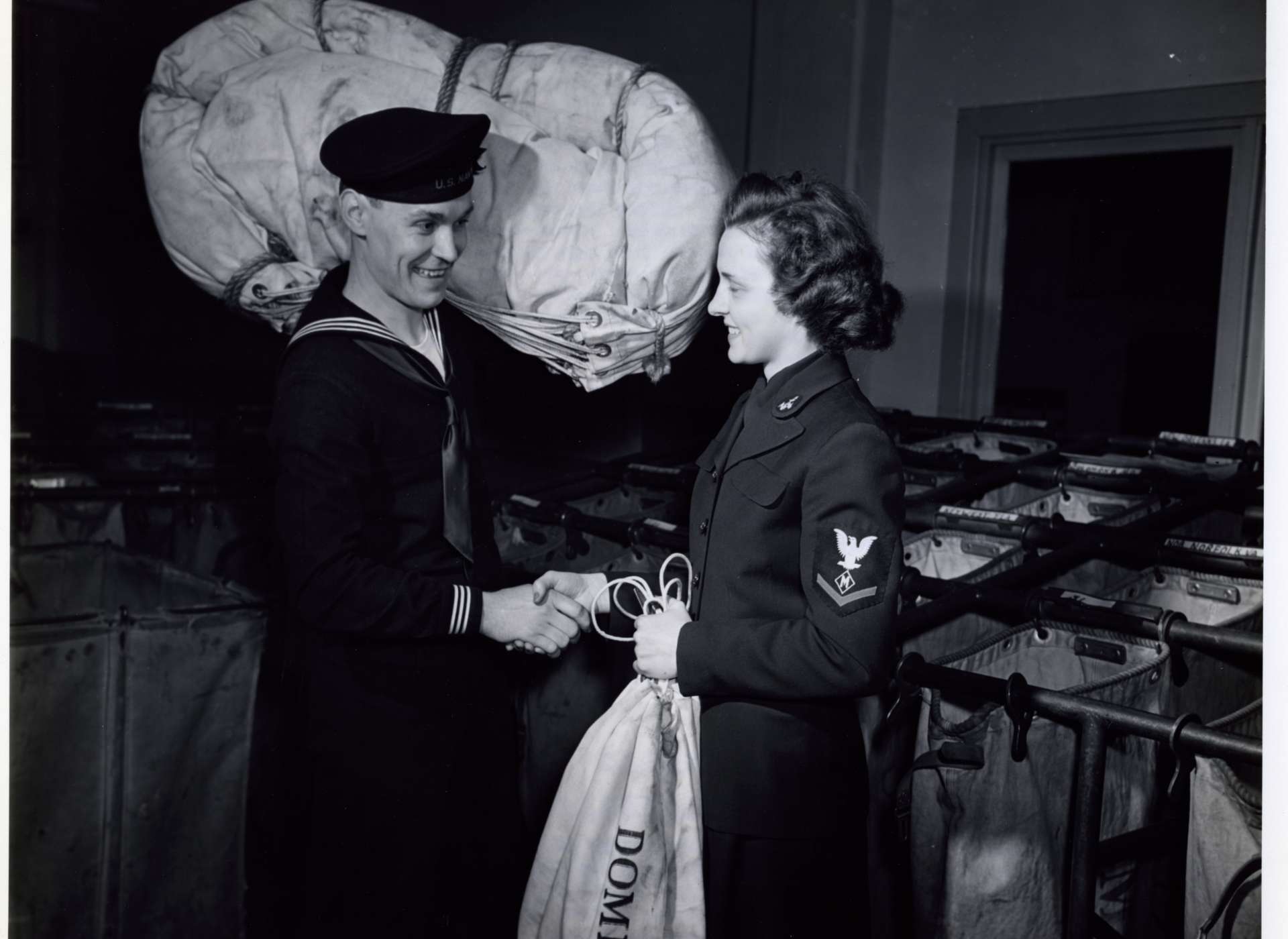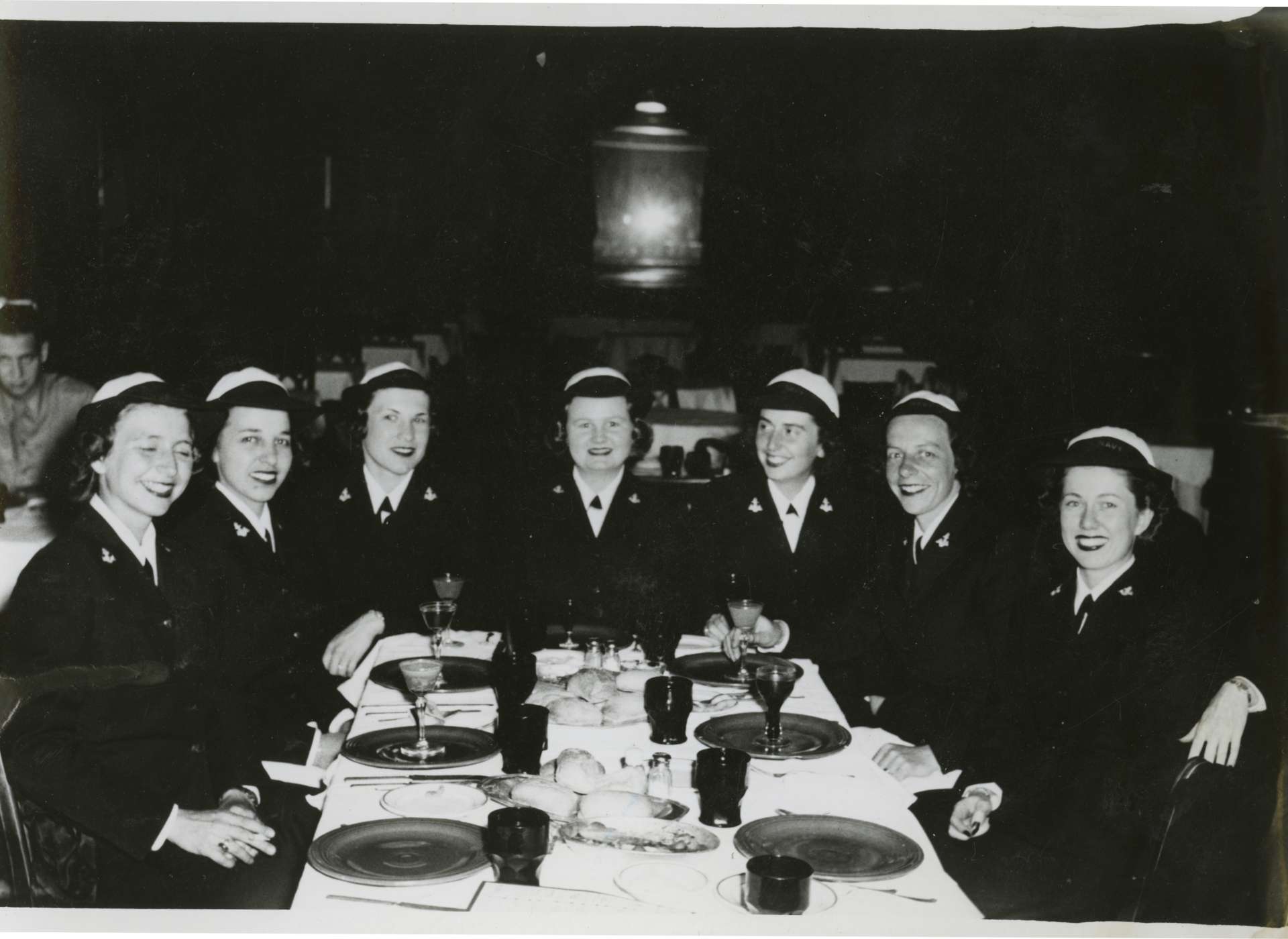The Role of Women in World War II
American women were instrumental in the war effort during World War II. With ever-growing orders for war materials combined with so many men overseas fighting the war, women were called upon to work in ways previously reserved only for men. While the most famous image of female patriotism during World War II is Rosie the Riveter, women were involved in other aspects of the war effort outside of factories. More than six million women took wartime jobs in factories, three million volunteered with the Red Cross, and over 200,000 served in the military. Women’s auxiliary branches were created for every branch of the military, including the Women’s Army Corps (WAC), Women Accepted for Volunteer Emergency Service (WAVES), and Women Airforce Service Pilots (WASP). Women were restricted from combat zones; however, many became nurses to help the men injured in combat.
When the war ended, a majority of women wanted to keep their jobs and their new-found economic and social independence, but nearly all were laid off, as orders for war materials decreased and millions of men returned home from military service seeking jobs. Did women’s WWII experiences help spur the Women’s Rights movement of the 1960s? Most historians say “not really”; it was the Civil Rights movement that helped to spur the drive for equality for women. The years immediately following World War II actually saw a resurgence of women taking on more traditional roles as wives and mothers.
Secondary Sources
Her War: American Women in WWII by Kathryn S. Dobie and Eleanor Lang
On Silver Wings: The Women Airforce Service Pilots of World War II, 1942-1944 by Marianne Verges
American Women and World War II by Doris Weatherford
Our Mothers’ War: American Women at Home and at the Front During World War II by Emily Yellin
Rosie the Riveter: Women Working on the Home Front in World War II by Penny Colman
Those Incredible Women of WWII by Karen Zeinert


